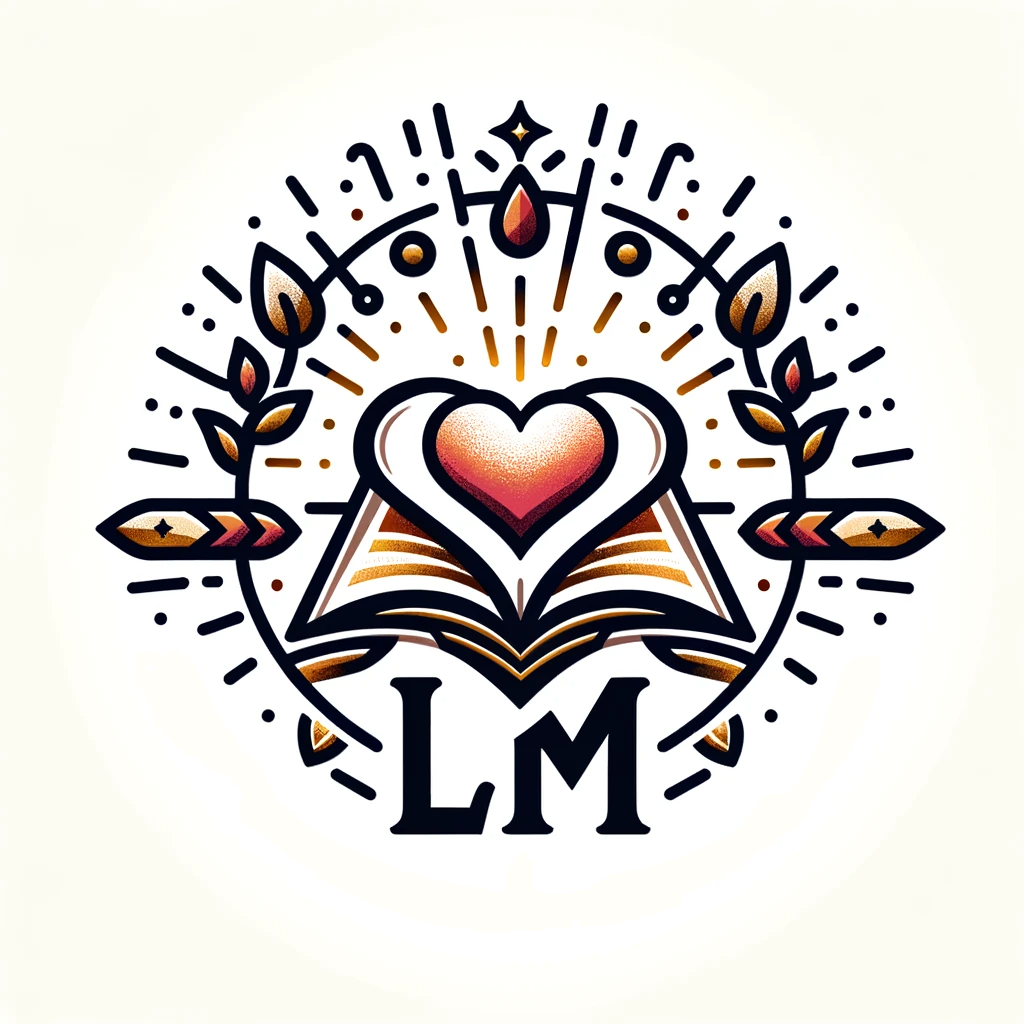
Shavuot, known in English as the Feast of Weeks, stands as an essential observance in both Jewish and Christian traditions. Often referred to by Christians as Pentecost, this festival carries with it deep historical roots and rich spiritual symbolism. It marks the giving of the law on Mount Sinai for Jews and bears witness to the outpouring of the Holy Spirit for Christians. This melding of historical events, spiritual undertones, and agrarian significance ties these two faiths in an intricate tapestry. Read on to explore these multifaceted dimensions and understand why Shavuot remains profoundly influential.
Introduction to the Feast of Weeks (Shavuot)
Shavuot is one of the three Shalosh Regalim, or pilgrimage festivals, along with Passover and Sukkot. Celebrated seven weeks after Passover, Shavuot originally centered on the grain harvest in ancient Israel. It is a time to give thanks to God for the “first fruits” and acknowledges a bountiful season. For the Jewish community, Shavuot also commemorates the pivotal moment when God gave the Torah to the Israelites at Mount Sinai. This fusion of agricultural and spiritual significance makes it a unique and highly revered celebration.
Historical and Spiritual Significance in Jewish Tradition
In Jewish tradition, Shavuot is intrinsically linked to the giving of the Torah, which is considered a foundational event in Jewish history. This moment signifies a covenant between God and the Jewish people, encapsulated in the commandments and teachings that guide Jewish life. The Torah’s reception on this day is celebrated with all-night Torah study sessions, special prayers, and festive meals. Additionally, dairy foods are commonly consumed, symbolizing the nourishing and comforting aspects of God’s law.
The Connection to Pentecost in Christian Tradition
In Christian theology, Shavuot is known as Pentecost. Occurring 50 days after Easter Sunday, Pentecost marks the day when the Holy Spirit descended upon the Apostles, as described in the Book of Acts. This event holds tremendous importance as it signifies the birth of the Christian Church and the new covenant between God and humanity. For Christians, Pentecost showcases the fulfillment of prophetic promises and emphasizes the unity of believers through the Holy Spirit.
The Symbolism of the Harvest and First Fruits
The concept of the harvest and “first fruits” carries deep symbolic weight in both traditions. For the Israelites, offering the first fruits was an act of trust and gratitude, dedicating the season’s initial bounty to God. This practice reinforces the belief that all provisions come from the divine. In a Christian context, the idea of first fruits is often used metaphorically to represent the initial followers of Jesus and the early Church. It also ties into the broader mission of spreading the gospel, symbolizing the spiritual harvest of souls.
The Dual Outpourings of the Spirit: Early Reign and Latter Rain
Both Jewish and Christian eschatologies refer to the concept of dual outpourings of the spirit, known as the early reign and the latter rain. The “early reign” corresponds to the period of Pentecost, where the Holy Spirit came upon the Apostles. The “latter rain” is often interpreted as a future outpouring of the Spirit that leads to spiritual revival and renewal. These outpourings signify different phases of divine activity and a continuous relationship between God and His people.
Revival and Return to God and Messiah
Shavuot or Pentecost serves as a profound reminder of the interconnectedness of Jewish and Christian faiths through shared history and spiritual themes. From the giving of the Torah to the outpouring of the Holy Spirit, this feast encapsulates moments of divine intervention and covenant-making. Both traditions anticipate a future revival and return to God, underlined by the spiritual renaissance promised in the concept of the latter rain. As such, Shavuot continues to inspire faith communities to seek deeper understanding and greater devotion to their spiritual paths.





